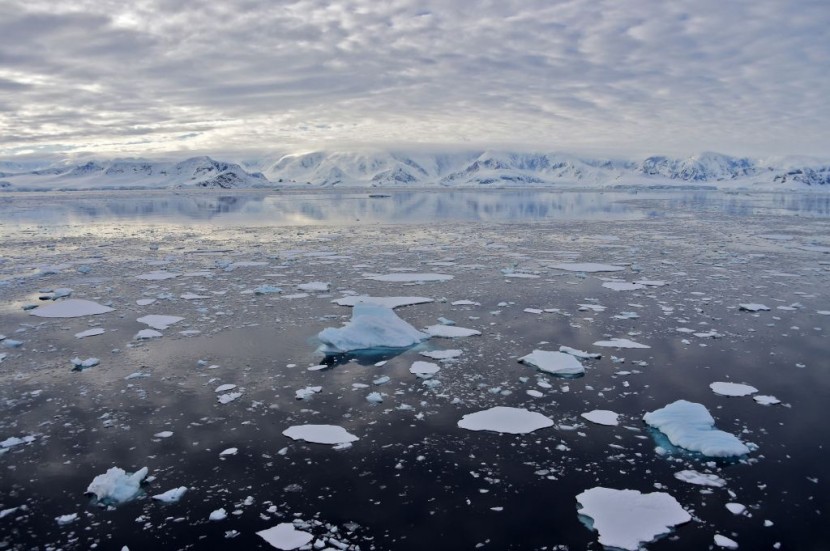
Antarctica hit a "record-smashing" low for sea ice, sparking concerns over the region's environmental condition as climate change continues to affect the globe.
While NASA is typically known for its space endeavors, it is just as concerned about what happens on the ground. The space agency's researchers and the National Snow and Ice Data Center (NSIDC) are tracking sea ice levels worldwide.
Record-Smashing Low Sea Ice Levels
They released a report this week that shows some grim data with satellite observations showing that Arctic sea ice most likely reached its annual minimum extent on Sept. 19. It logged the sixth-lowest year based on records that date back to 1979. Furthermore, data taken from the opposite pole was even more bleak.
In a statement, NASA said that Antarctic sea ice reached its lowest maximum extent on record on Sept. 10. This comes at a time when the ice cover should have been growing at a much faster pace during the darkest and coldest months in that particular area of our planet, as per CNET.
Furthermore, sea ice is disappearing in the face of a continuously warming planet, and the loss of sea ice affects the people in the Arctic and the animals and ecosystems in the polar regions. However, it can also play a role in the global climate.
NASA noted that while bright sea ice reflects most of the sun's energy into space, open ocean water absorbs 90%. The agency said that with greater areas of the ocean exposed to solar energy, more heat can be absorbed, which results in the warming of ocean waters and the further delay of sea ice growth.
Satellite data collected between March and September also showed that Arctic ice cover shrank from 5.64 million square miles to 1.63 million square miles. Put into perspective, NASA said that the lost sea ice could cover the entire continental US.
Continuously Warming Planet
A sea ice scientist at NSIDC, Walt Meier, said the data showed a record-smashing sea ice low in the Antarctic. He added that sea ice growth appears low around nearly the whole continent as opposed to any one particular region, according to Space.
Meier also pointed out that the Northwest Passage has more open seas than usual in the Arctic. He said there seems to be much more loose, lower-contraction ice, even toward the North Pole. Additionally, areas that used to be pretty compact, solid sheets of ice through the summer were included in the affected areas.
With each passing year, Antarctica is becoming less recognizable as scientists have found flowering plants, moss, and algae spreading on land like never before. The dramatic changes come with rising summer temperatures.
Last year, researchers at the University of Washington recorded the largest heatwave ever to hit Antarctica. Science Alert said that temperatures in March near the South Pole reached 39 degrees Celsius above normal for three days in a row, with a peak of -10 degrees Celsius.
© 2025 HNGN, All rights reserved. Do not reproduce without permission.








